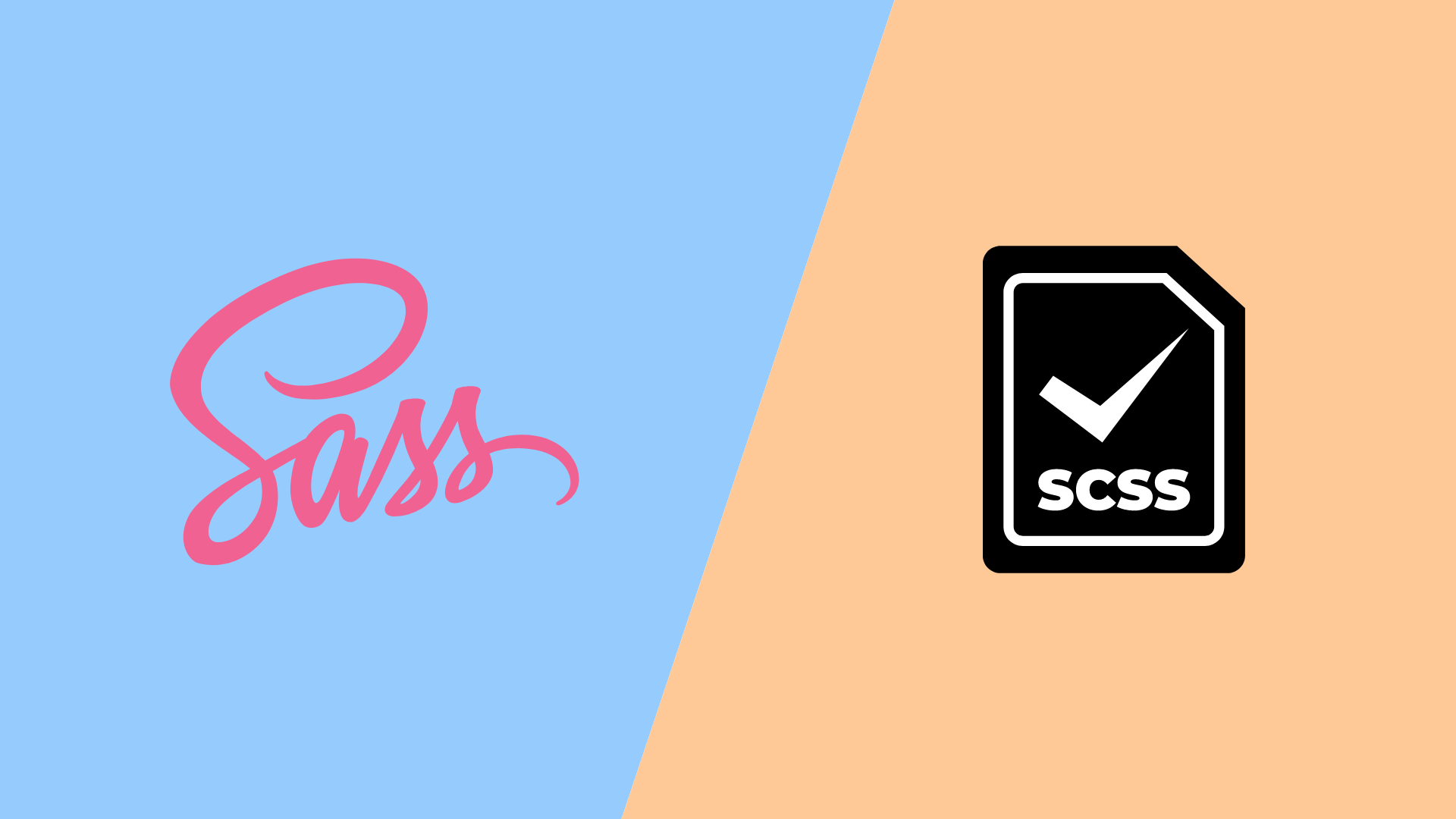Mastering Front-End Development: Trends, Tools, and Techniques
SASS and SCSS: Explanation and Differences

What do we mean by SASS?
Syntactically Awesome Style Sheets, also known as SASS, is one of the most well-liked CSS preprocessors. By incorporating features from more established programming languages, especially object-oriented programming languages, it expands CSS.
It was built and designed by Hampton Catlin, SASS was developed further by Natalie Weizenbaum and Chris Eppstein, and they released it in 2006. It was originally written in Ruby, but in march 2019, it became obsolete due to the sudden loss of interest in Ruby. After that, Dart SASS came.
Output:
What do we mean by SCSS?
Two syntaxes make up SASS. The more traditional one, known as the indented syntax, is comparable to Haml, a set of templates designed to produce clean HTML code by preventing the writing of inline code in web content.
Sassy CSS, or SCSS, is the alternative SASS syntax that is more recent. It uses block formatting similar to CSS, as opposed to the indented syntax. Semicolons divide rules with a code block, while braces signify code blocks. Because of this, SCSS syntax is more rigid while also being readable and expressive.
Output:
Core similarities between SCSS and SASS
- Both are compatible with every CSS project.
- Operating platforms, including Linux, macOS, and Windows, as well as browsers like Opera, Chrome, Firefox, Edge, and others, are supported by SASS and SCSS.
- Both are made available using The MIT License.
- The CSS extension language has two distinct syntaxes.
SASS Vs SCSS: use which one?
The difference between SCSS and SASS is entirely subjective. SCSS syntax is rigid to adhere to, but it gives you greater control over the code. Although not very flexible, SASS syntax is simple to construct.
You should experiment with SASS and SCSS to improve as a web developer. Furthermore, learning SCSS is simple if you are already familiar with CSS, and learning SASS is easier after you have mastered SCSS. Additionally, you can use the sass-convert tool to convert from SCSS to SASS or vice versa.
Some questions regarding this:
Can we mix the SCAA and the CSS?
You can combine CSS and SCSS, yes. A superset of CSS is SCSS. This implies that SCSS may use any CSS code. In SCSS, you can accomplish anything you can in CSS and more.
